According to Markets and Markets, the automotive wiring harness market will grow from USD 47.0 Billion (2021) to USD 57.4 billion (2026). Manufacturers and customers need to understand how to increase the cost-efficiency of wiring harness designs.
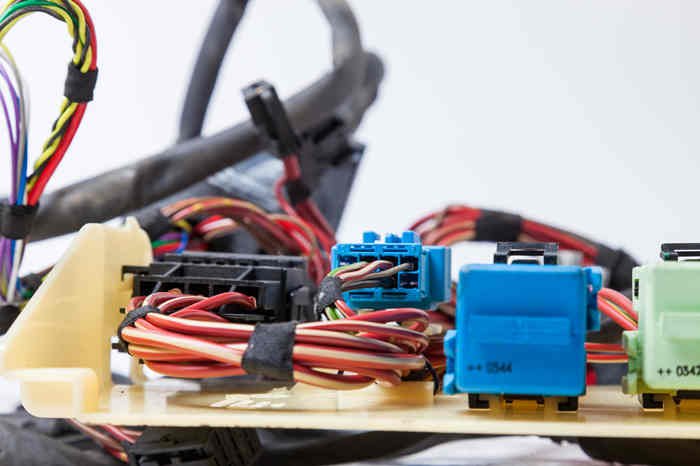
Automotive wiring harness assembly is a complex process and requires proper knowledge, expertise, and tools. The standard procedures for harness manufacturing cost and time reduction may be applied right from the start of the design phase and continue to be beneficial throughout the process. The same goes for planning for cost efficiency in the process.
Here are some tips for reducing the costs of your automotive wiring harness without compromising on quality.
- 1. Planning and Documentation
- 2. Wiring and Component Planning
- 3. Assembly Automation
- 4. Standardize Testing and Building
1. Planning and Documentation
A lot of the cost of designing an automotive wiring harness goes into planning and documentation. The customers and manufacturers have to collaborate closely throughout the project.
After the initial customer requirement, the manufacturer’s engineering team examines the design according to the IPC-WHMA-A-620D standard (WHMA). The standard defines requirements and acceptance criteria for wire harness assemblies. It’s mandatory to meet this criterion.
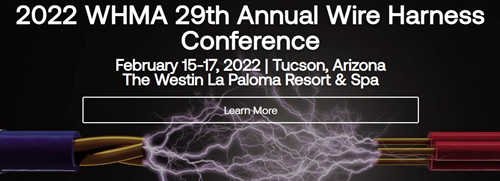
A design for manufacturability (DFM) review helps with cost analysis. It is the basis of building the highest quality end product at the lowest possible cost. DFM utilizes automation as much as possible. This leads to changes in design that allow more efficient work processes without risking quality. (DFMPro)

Utilizing ERPs allows you to monitor harness assembly costs, aiding your goal of cost-efficiency. Electrical computer-aided design programs (ECAD) are great tools for creating design documentation. These programs produce error-free designs and documentation that simplify the assembly process.
ECAD software designs the wire processing equipment for you and shows you where each wire and terminal should go in a harness. The software also projects troubleshooting diagrams for each harness design proposed by the customer. (TechDesignForums)
2. Wiring and Component Planning
Inventory management and shop management software help determine the availability of harness components in real-time.
Suppose a specified component is not readily available in the market. In that case, you can be quick-witted by recommending an alternative to the customer that can work just as well. This approach saves money for both parties. (Siemens)
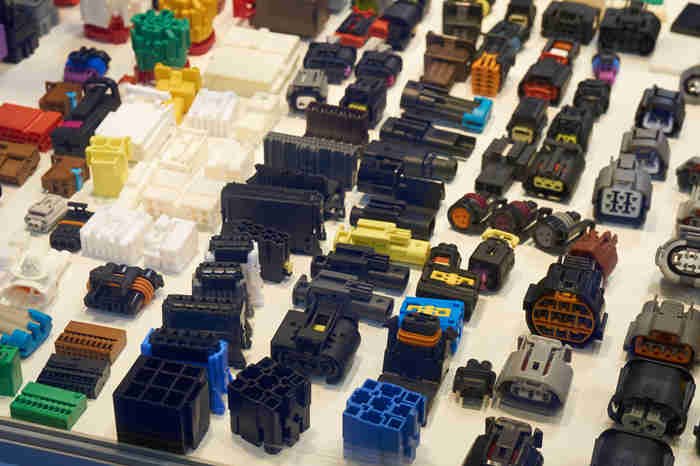
It is also beneficial not to shy away for cost’s sake and ask your customers to let you take the lead on the electrical design of the harness. After all, you are the expert!
This gives manufacturers greater flexibility to lower costs for wires, connectors, and bundling methods.
ECAD is also beneficial for reducing scrap materials by accurately listing components required to build a harness. As a result, component expenses decrease.
Experts recommend avoiding using the lowest cost components. They save money in the short term but may decrease work efficiency, low productivity, and defects in the future.
For example, low-cost coax cables (standard or high voltage) are frequently not concentric. This makes it considerably more difficult to process effectively and more difficult (and time-consuming) to set up. It might potentially lead to flaws, and the customers can pay a high price for these low-cost materials.
Focused and systematic supply chains minimize component costs and improve component availability.
3. Assembly Automation
Calculating labor costs is quite tricky as it is part of other factors involved in costs. An automated assembly process helps reduce this complexity by standardizing labor time across all harness assembly sites.
The use of standardized work assignments can reduce inefficiency and maximize output. It is essential to assign them to the most experienced engineers for more complex harness designs.
Fully automated machines reduce change over time, thus increasing the assembly process’s efficiency. For example, change decreases from 20 minutes to 7 minutes if you switch from semi-automated to automated machines. (ScienceDirect)
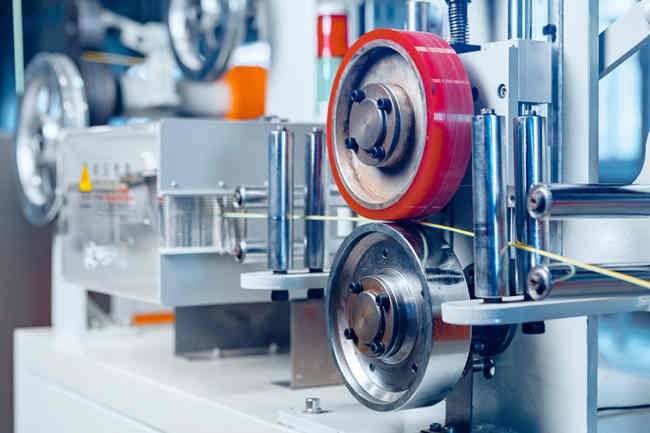
ERPs help operators network to other equipment and access key wire and cable processing data. These programs also help control and monitor the value chain, logistic processes and support quality assurance. This has helped automotive harness manufacturers reduce costs. (RootStock)
Some companies are using inventory control systems to assign projects to processing machines. This is more efficient and consistent than deciding which device to post a project. This algorithm-driven system reduces changeover cost and increases overall equipment effectiveness.
4. Standardize Testing and Building
According to many harness manufacturers, assembly and testing are the most significant contributors to the overall cost. Using harness fixtures that are modifiable reduces testing and building costs.
Another untraditional way to optimize the harness assembly process is to use build tables. A detailed CAD-generated drawing print is placed on the table. Magnets are positioned on the drawing in place of traditional posts. This setup only takes minutes and can be easily modified. Harness components are brought to the table on carts to be readily available to the assembler. (AssemblyMag)
You can also increase cost-efficiency by reducing a test program’s creation and verification time. You can calculate bills of materials (Rapidharness) and an assembly cost estimate by using harness design software. In addition, it can also produce the “from-to” list of the assembly. This allows easier import into the tester and tester software.
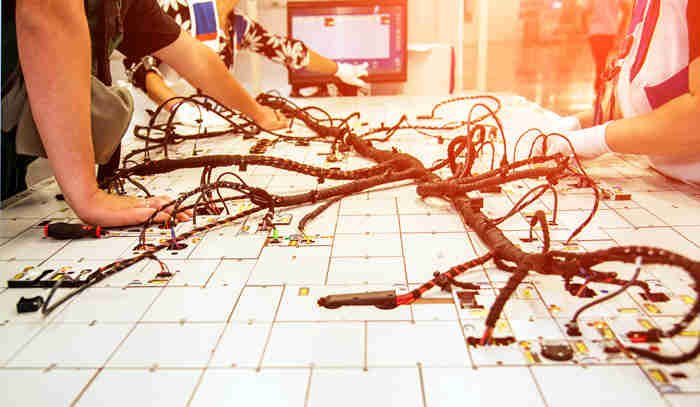
Automatic circuit learning testers make it easier to create test programs without a dedicated test programmer. Standardize your interfaces and test cables across projects and project sites. Another thing you can do to reduce time and cost is to use a standard connector in your inventory.
It’s a good idea to find a scalable testing system to meet future expansion requirements. This will reduce costs in the long term and a lot of planning time.
Conclusion
Quality is essential in the automotive manufacturing industry, but getting excellent quality in the most cost-efficient way carries a much larger weight. To do that, it is necessary to choose alternate low-cost components that are just as great as your first choice.
Plan well and document everything. Standardizing the main processes using software solutions increases efficiency while decreasing costs and errors.

